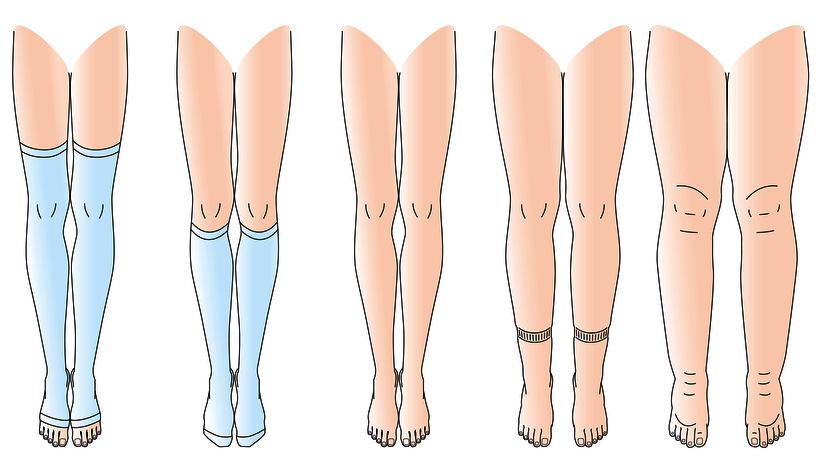Have you noticed that your legs and feet are more swollen than usual? If so, there are many potential causes behind this uncomfortable health issue. If anything, figuring out what is behind the swelling can feel like a mystery. However, in most cases, two primary reasons behind this abnormal body change:
Edema (Fluid Buildup)
When the tissues or blood vessels in your legs hold excess fluid, it can cause abnormal swelling. Although this condition may be the cause of simply sitting still for long period of time, it could also be indicative of a more serious health issue.
Inflammation
When the tissues in one or both legs get irritated and swollen due to a broken bone or tone ligament. On the other hand, there are also more dire health issues that could be the cause.
Causes of Edema
There are many different causes of edema, but in most cases, it is the result of medication, pregnancy, or more serious health issues, such as congestive heart failure, kidney disease, and liver damage. Signs of edema include puffy or swollen tissue directly beneath the skin, stretched or shiny skin, skin that retains a dimple after being pressed, and an enlarged abdomen. Other causes of edema include:
- Vein issues, including DVT, varicose veins, and valve failure
- Blood clots
- Medication side effects
- Pregnancy, specifically for people in their third trimester
Causes of Inflammation
If fluid buildup isn’t the culprit behind your swollen legs, then it could be the result of inflammation. Infections or other common health issues such as arthritis and gout are often times behind limb swelling. Additionally, other common reasons for inflammation include:
- Injuries, such as strains, sprains, and broken Bones
- A rupture in the Achilles Tendon
- Anterior cruciate ligament (ACL) tear
- Cellulitis, a serious infection that occurs bacteria gets into the body through a crack in your skin, most commonly in the lower legs
Aside from seeing a doctor, some home remedies that can help reduce the swelling include:
- Reducing your sodium intake and cutting back on salty foods
- Wearing compression stockings
- Getting daily exercise every day
- On long car rides, switching positions and stopping for breaks as often as you can
- When flying in a plane, getting up from your seat and moving around as much as possible to encourage blood flow
- Raising your legs above your heart level for half an hour, several times a day



